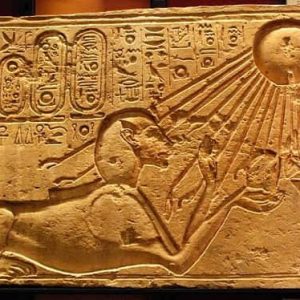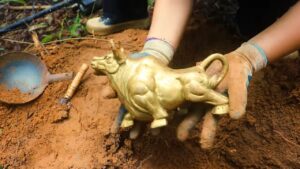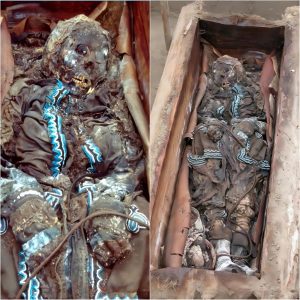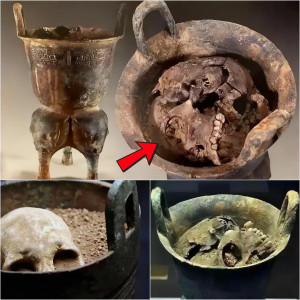After years out of sight, one of Yale’s important historic treasures is now on view at the Yale University Art Gallery: a full set of ancient Roman horse armor discovered decades ago by archaeologists in the city of Dura-Europos—a crossroads of ancient cultures in what is now Syria. The photo shows the armor as worn by a horse at the excavation. (The name of the man in the photo is unknown.)
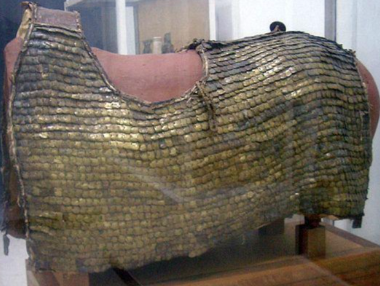
Tens of thousands of artifacts were excavated from Dura-Europos between 1927 and 1938 through a collaboration between Yale and the French Acad émie des Inscriptions et Belles-Lettres. Yale’s set of horse armor was one of two—the other went to the Damascus National Museum—found during the 1933–34 excavation of one of the city’s fortification towers, where it had apparently been placed for storage or repair. The impressive object, nearly five feet in length, is made of iron scales; the scales are sewn in overlapping rows to two large sheets of double-thickness linen, and the linen sheets are connected by a broad strip of leather that lies along the horse’s spine. The extraordinary survival of this artifact—not just isolated metal scales, but the intact set—attests to the dry climate and historical abandonment that together preserved the archaeological materials at Dura-Europos.

The discovery singularly transformed historians’ understanding of Roman cavalry equipment. No other excavations, to date, have yielded a complete set of horse armor. One can easily imagine the astonished excavation team indulging in its own version of experimental archaeology by draping the armor over one of the local horses.
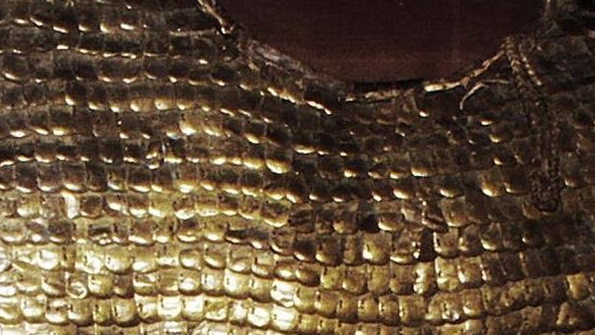
The heavy cavalry whose horses were protected by such armor was the type known as a cataphract (from the Greek kataphraktos, meaning “armored” or “completely enclosed”) or clibanarii (a Latin term meaning “mail-clad riders”). Such forces arose in the ancient Near East in the kingdoms of the Scythians and Parthians. The obvious tactical advantages and ultimate success of these heavily armored cavalry caused them to spread throughout the Near East and central Asia. Over time the Romans adopted a similar practice; by the fourth century CE, ranks of heavy cavalry were important elements of the Roman military. Descriptions of cataphracts in literary sources and representations in art had been known and studied by generations of Roman military historians.
An estimated 12,000 objects of the Dura-Europos trove are now in the collection of the Art Gallery. The excavated horse armor was shipped to New Haven and, in 1934, placed on long-term loan with the Higgins Armory Museum in Massachusetts. Its founder (and president of the Worcester Pressed Steel Company), John W. Higgins, considered the horse armor and other arms and armor from Dura “astounding.” He asserts, in an unpublished article now in Yale’s files, that the discoveries require scholars to “rewrite the first chapters of our histories of armor and craftsmanship, as well as treatises on metallurgy.” In 1980, the horse armor was returned to Yale for additional conservation. Brought out of storage once again in 2012, the armor is finally on view at Yale and a highlight of the Mary and James Ottaway Gallery of Dura-Europos.
